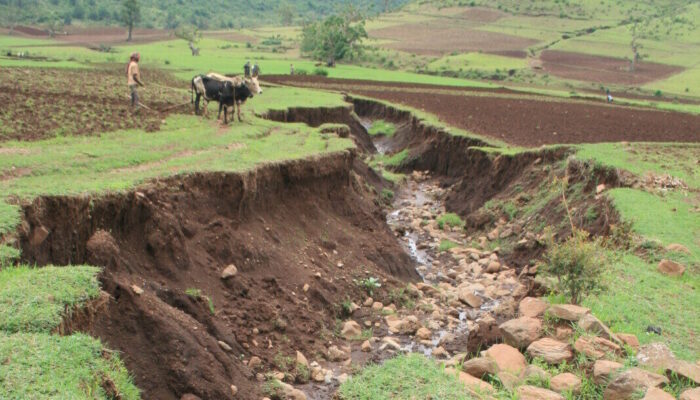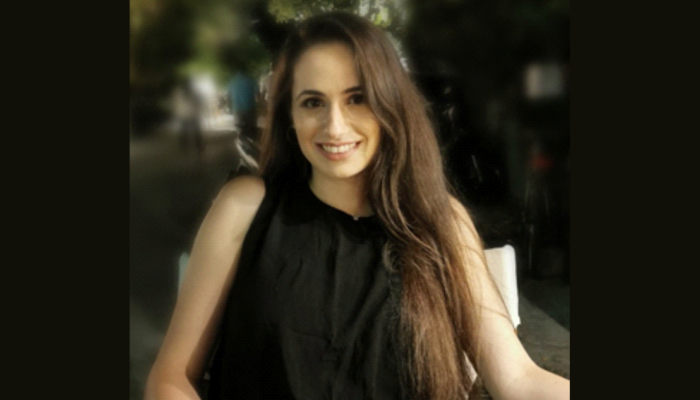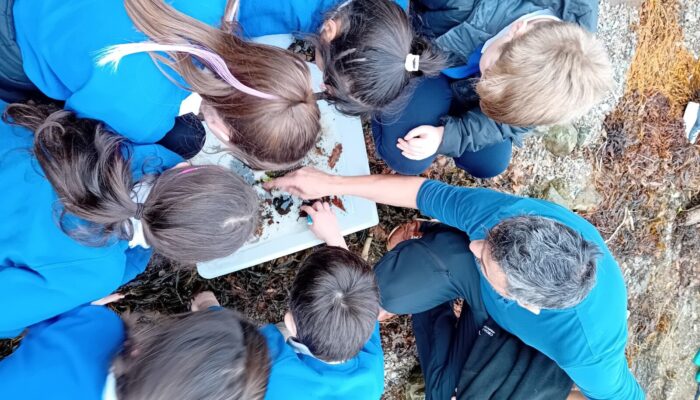Any journal editor will recognize this challenge: a new manuscript arrives for review. It’s great, and you’re enthusiastic about getting it into the system, but suddenly, there’s a problem. All the suggested reviewers are unavailable! What do you do now? Across publishing fields, it is becoming increasingly difficult to find suitable reviewers for scientific manuscripts. As the number of submissio ...[Read More]
Can we mend our Earth, one gully at a time? New research reveals that the answer is YES!
Imagine losing your land – little by little – to deep, destructive trenches carved by rain and flowing water. This is what gully erosion does, a problem that has been devastating several communities worldwide. Ethiopia’s Aba Bora Watershed, the subject area of a recent study published in the EGU open access journal, SOIL, is located in the Oromia region and is a part of the larger Baro ...[Read More]
GeoTalk: meet Georgia Moutsiana, researcher of Jupiter’s magnetosphere!
Hello Georgia – welcome to GeoTalk! Could you tell our readers a little bit about yourself and your background? Thank you, Simon! I’m Georgia Moutsiana, a space scientist and PhD candidate at the National and Kapodistrian University of Athens, Greece. My research focuses on understanding the processes that accelerate and transport charged particles in planetary magnetospheres. My key message is th ...[Read More]
Ireland’s Geoscience Day: The success story of bridging generations over science
The EGU Geoscience Days connect science with society by funding innovative projects that make Earth, planetary, and space sciences accessible. This year’s spotlight is on our awardee Fergus McAuliffe’s project, Marine Geoscience for All, which used art, storytelling, and dialogue to bring marine geoscience closer to the public. I had the pleasure to interview Fergus again after the events to ...[Read More]




